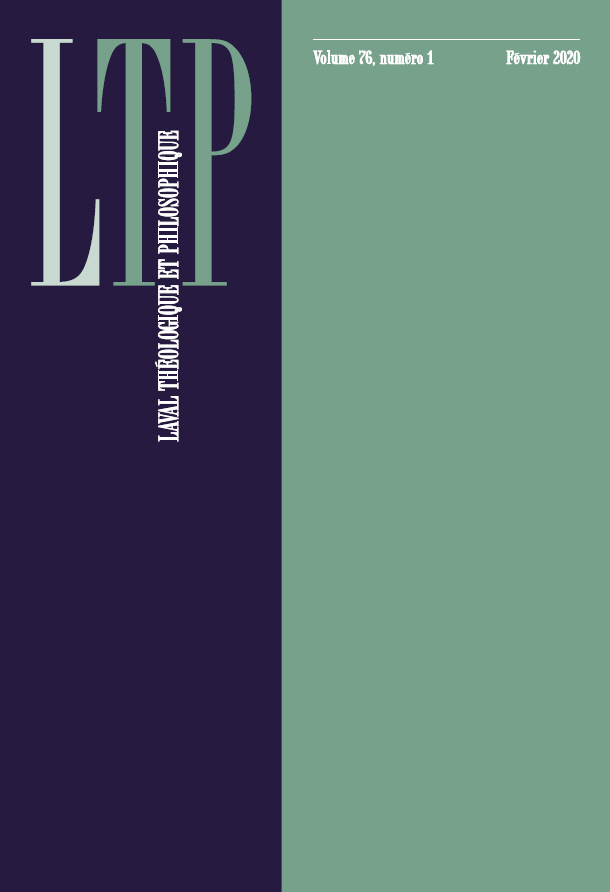Abstracts
Résumé
Cet article commence par une discussion sur l’approche tautégorique que C.G. Jung a du symbole, et particulièrement de l’anima, la composante féminine inconsciente de la psyché d’un homme. L’auteur examine ensuite l’anima en considérant les critères que donne P. Tillich pour évaluer les symboles religieux. Le but recherché est de montrer que la prise en compte de l’anima dans la théologie de P. Tillich est susceptible d’enrichir l’approche que ce théologien a du processus de sanctification. L’accent est mis sur la possibilité, pour un homme, de développer son lien avec la « puissance d’être » en laissant son anima enrichir sa personnalité. D’un point de vue psychologique cela suppose pour le sujet une prise de conscience de son masque social, la persona, afin de permettre à sa part féminine de se dévoiler.
Abstract
This paper begins with a discussion of C.G. Jung’s tautegorical approach to the symbol, and particularly the anima, the unconscious female component of a man’s psyche. The author then examines the anima by considering the criteria given by P. Tillich to evaluate religious symbols. The aim is to show that the consideration of anima in Tillich’s theology is likely to enrich this theologian’s approach to the process of sanctification. The emphasis is on the possibility for a man to develop his link with the “power of being” by allowing his anima to enrich his personality. From a psychological point of view, this implies for the subject an awareness of his social mask, the persona, in order to allow his feminine part to reveal itself.

